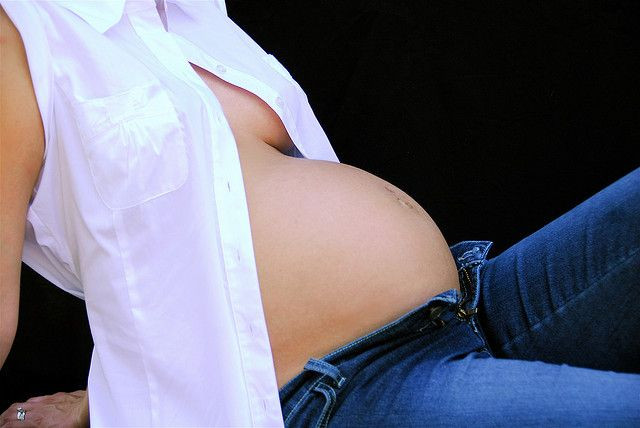Assisted Reproductive Technology To Treat Infertility Will Not Cause Developmental Delay In Children, NIH Says

Children conceived using infertility treatments are no more likely to have a developmental delay during their first three years of life than other kids, according to a new study from the National Institutes of Health (NIH).
During 2011, study authors cited assisted reproductive technology (ART) was used in 1.5 percent of all births in the United States. Conceptions by ovulation induction are estimated at much higher rates and now account for somewhere between 3 and 7 percent of all births in the U.S. Naturally, many parents and scientists wonder about the neurodevelopment of children conceived under these methods. Unfortunately, past studies have only offered inconclusive evidence. For instance, one group of Swedish researchers discovered an 18 percent higher risk for intellectual disabilities, while other studies investigating cognitive and/or neuromotor function have found no differences.
So what's the truth? Dr. Edwina Yeung, an investigator at the National Institute of Child Health and Human Development, and her colleagues designed a study to explore this question. The Upstate KIDS study enrolled infants born to women between 2008 and 2010 in New York State, excluding New York City. While babies born to parents who used infertility treatments were the focus of the study, the researchers also recruited naturally conceived singletons, twins, and other multiples for purposes of comparison.
The infertility treatments used by the participating mothers ranged from minimal to more complex methods, including:
- ovulation induction (using drugs to stimulate ovulation),
- intrauterine insemination (placing sperm into the uterus),
- gamete intrafallopian transfer (mixing sperm and egg before placing them in the fallopian tube),
- in vitro fertilization (fertilizing an egg with sperm in a laboratory dish),
- zygote intrafallopian transfer (placing a fertilized egg into the fallopian tube),
- and frozen embryo transfer (implanting a previously fertilized and then frozen egg into the womb).
To screen children for developmental disabilities, the parents completed questionnaires at various intervals throughout their child's first three years of life. Questions covered five main developmental areas, including fine motor skills; gross motor skills; communication; personal and social functioning; and problem solving ability. After a three year period, the researchers collected the data and analyzed the results.
Ultimately, the research team found the 1,800 children conceived using fertility treatments scored similarly to more than 4,000 children in the developmental assessments. These numbers, however, did not match so neatly at first.
Factoring in Twins
The team's original analysis showed children conceived via ART were at an increased risk for failing any one of the five domains, with the greatest likelihood of failing the personal-social and problem solving domains. Since twins were more likely than singletons to fail a domain, the researchers ran the numbers again, first compensating for the higher proportion of ART twins — 34 percent twins among the ART group versus just 19 percent among the non-treatment group. Once the researchers factored multiple births into their equations, they saw no significant differences between the ART group and the non-treatment group in the five developmental areas.
"We also observed no difference in parental reports of children using developmental services or referral for Early Intervention Program evaluation relative to infertility treatment," wrote the researchers.
Imperfections, including some parents dropping out of the study over time, may limit these results, they said. Importantly, because some forms of developmental disability cannot be diagnosed until after age 3, the team will continue to evaluate the children periodically until they reach age 8.
Source: Yeung EH, Sundaram R, Bell EM, et al. Examining Infertility Treatment and Early Childhood Development in the Upstate KIDS Study. JAMA Pediatrics. 2016.
Published by Medicaldaily.com



























